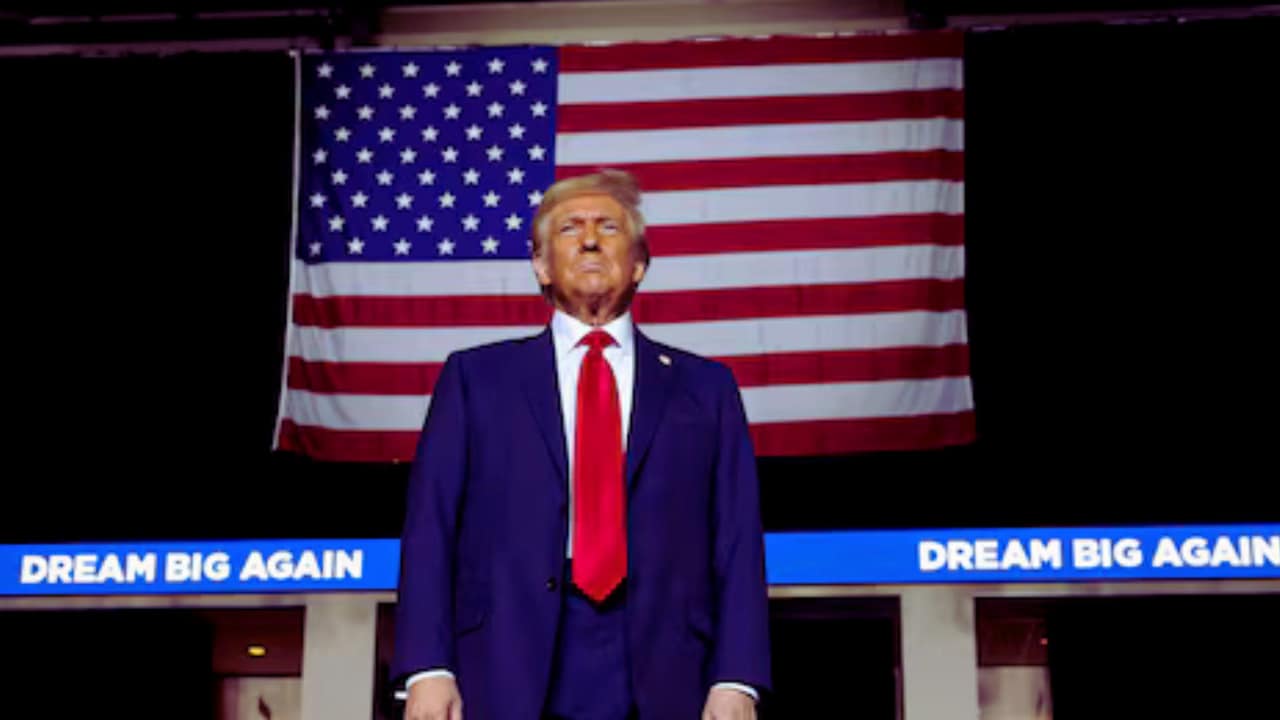Trade Tremors: Trump’s Tariff Tsunami Threatens Global Economic Stability
President-elect Donald Trump has signaled a dramatic shift in international trade policy, promising sweeping tariffs that could reshape global economic relationships in a bold and potentially destabilizing move.
The announcement, made via his preferred social media platform, threatens to upend long-standing trade agreements with the United States’ closest neighbors and most significant trading partners.
Tariff Bombshell Targets Key Allies
Trump’s economic strategy is straightforward but aggressive. He plans to impose a staggering 25% tariff on imports from Canada and Mexico and an additional 10% tariff on Chinese goods. The motivation? A multifaceted approach targeting what he describes as uncontrolled drug trafficking and illegal migration.
Breaking Down the Numbers
The potential economic impact is massive. Consider these critical details:
- More than 83% of Mexico’s exports go to the United States
- Approximately 75% of Canadian exports are destined for U.S. markets
- These tariffs would directly challenge the existing U.S.-Mexico-Canada Agreement (USMCA)
The Drug Connection
Trump’s tariff threat is intrinsically linked to the ongoing fentanyl crisis. He argues that Mexico and China have not done enough to stem the flow of illegal drugs into the United States. The synthetic opioid has wreaked havoc, causing tens of thousands of overdose deaths annually.
International Reactions
Predictably, the global response has been mixed:
- China warned that “no one will win a trade war.”
- The Chinese embassy emphasized their commitment to stopping fentanyl precursor exports
- Mexico’s finance ministry stressed the importance of trade partnership stability
Economic Ripple Effects
Economists paint a stark picture of potential consequences:
- Dramatically increased import duties
- Potential inflation surge
- Radical reshaping of international supply chains
- Risk of retaliatory measures from affected countries
Market Immediate Reaction
Financial markets quickly responded to Trump’s announcement:
- U.S. dollar rallied against Canadian and Mexican currencies
- Asian share markets experienced immediate declines
- European equity futures showed negative trends
The Bigger Political Picture
Trump’s approach continues his “America First” economic philosophy. During his campaign, he signaled an unyielding stance on international trade by threatening tariffs as high as 60% on Chinese imports.
Potential Diplomatic Fallout
The tariffs could:
- Strain relationships with critical allies
- Disrupt carefully negotiated trade agreements
- Create uncertainty in global economic markets
Expert Perspectives
Trade strategists like William Reinsch view the announcement as a negotiation tactic. “This strikes me more as a threat than anything else,” he commented, suggesting Trump might be leveraging tariffs to force early trade agreement renegotiations.
Looking Ahead
As Trump prepares to take office on January 20th, 2025, the world observes that his first executive orders could dramatically alter the international trade landscape, potentially triggering economic tremors that reverberate far beyond U.S. borders.
Stay tuned as this complex economic drama continues to unfold.
